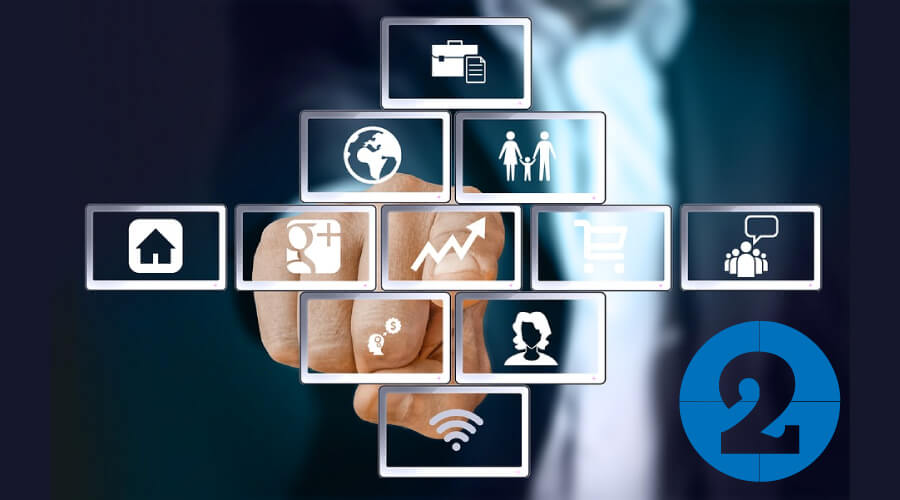The Internet of things and tax administrations: concepts, challenges and opportunities (ii)

Challenges
For the wider society, the expansion of IoT will make possible new business models, which will sooner or later will enter the circuit of payment of taxes.
As an example, a professional or amateur tennis player will no longer value his racquet only in terms of the stiffness of the frame, the tension of the rope, his weight and balance, he also considers it as a source of information on his blows and how to improve them. In other words, it is not simply the characteristics of a product or service that creates a differentiated value: it is the information about that product or service that creates value in a very different way than the same products or services[1]. These new scenarios will be the new products and services to be exploited.
It is still currently virtually impossible to conceive of all the models that will make up these businesses, but we can say that services will be offered for upgrading, improving and managing the devices, as well as services for the capture, storage and statistical/analytical analysis of the generated data.
Tax administrations will need to classify these services within the known categories or create other specific ones.
The globalization of markets requires standardization in different areas. It will not be different in the case of information to be offered in IoT devices. There will be a set of specific information, of limited interest, and others – especially identification and specifications – that should be standardized in a broader manner.
According to the Ernst & Young consulting firm[2], for IoT to progress, connectivity standards need to evolve. Similar to the challenges of communication between people from different parts of the world, nowadays the ecosystem of IoT -devices, sensors, machines and people-often speak completely different languages among themselves. Without a common language or standard of implementation, IoT will remain limited in its application. This broad spectrum assertion also support the adaptations related to tax administrations.
In Brazil, the Brazil-ID project is establishing national standards, compatible with the needs of the tax administrations, thanks to the participation in the project of private companies, government and research institutes. Likewise, these standards are born of the immediate need and later it will be necessary to integrate them to the international standards that will certainly be defined.
The ISO (International standards Organization) is initiating work on the standardization of the critical aspects of IoT [3]. It would be advisable for tax administrations to follow these developments and to express their viewpoints on aspects of their interest, through the national representatives in the institution.
The huge number of devices with processing, software, and communications capabilities is a security nightmare. The possibility of hacker attacks and the use of these devices in widespread attacks is real and must be addressed. Vint Cerf, one of the creators of the Internet, commented: “For me, a nightmare headline would be” 100,000 refrigerators attack the Bank of America “” …
And a similar nightmare has become reality: On October 21, 2016, there was a DDoS attack (denial of distributed service) that collapsed important portals, such as Twitter, PayPal, Spotify, etc. The novelty is that this attack was not orchestrated by contaminated PCs or laptops, rather by millions of small connected devices, such as home cameras and routers (routers)-components of what we call IoT…[4]
The problem of fixing security failures in millions of devices with reduced memory and processing capacity (typical of most IoT devices), similar to the patches that are made to computers and smartphones, is still a challenge. Possible solutions are at the level of research, one of them is the implementation of a type of flexible hardware on the devices[5].
The privacy of the information emitted by the devices is another important issue to be addressed. This becomes more critical when the disseminated data is related to health or physical conditions of people, or in objects of personal use (clothes, watches, etc.).
Other challenges related to the dissemination of IoT are the regulatory, legal frameworks and the adaptability of networks. More details can be found at ([6])
Final considerations
IoT is in its infancy, there are regulatory problems, legal issues, standards to be defined. According to the Gartner Group, new technologies follow a particular cycle of evolution, divided into five stages, from conception until it reaches the development of usable products.[7]
It is observed that IoT is currently in Stage 2, called “peak of exaggerated expectations”, when a generalized application of the technology is supposed, without duly evaluated cases of use. If the technology thrives, it will go through two more steps, to reach Stage 5, “Productivity Level,” when the proper uses are more clearly defined and with market-ready products. Gartner estimates 2-5 years for IoT to arrive at this stage.
Likewise, due to its high potential for disruption, tax administrations should participate in or promote pilot projects when they deem necessary, or at least carefully follow the technological developments and ongoing experiences with IoT.
[1] Raynor, M., Cotteleer, M., “The More things Change”, Deloitte Review, Issue 17, 2015, Sec 2:55
[2] http://www.ey.com/Publication/vwLUAssets/ey-m-e-internet-of-things/$FILE/ey-m-e-internet-of-things.pdf pp 15
[3] Link: https://www.iso.org/files/live/sites/isoorg/files/developing_standards/docs/en/internet_of_things_report-jtc1.pdf
[4] Ray, S., Basal, A., Bhunia, S., “The Patchbale Internet of Things”, IEEE Spectrum, November 2017, pp. 32
[5] Idem, pp 30-35
[6] http://www.ey.com/Publication/vwLUAssets/ey-m-e-internet-of-things/$FILE/ey-m-e-internet-of-things.pdf
[7] https://nonagon.pt/top-trends-in-the-gartner-hype-cycle-for-emerging-technologies-2017/
1,987 total views, 2 views today
